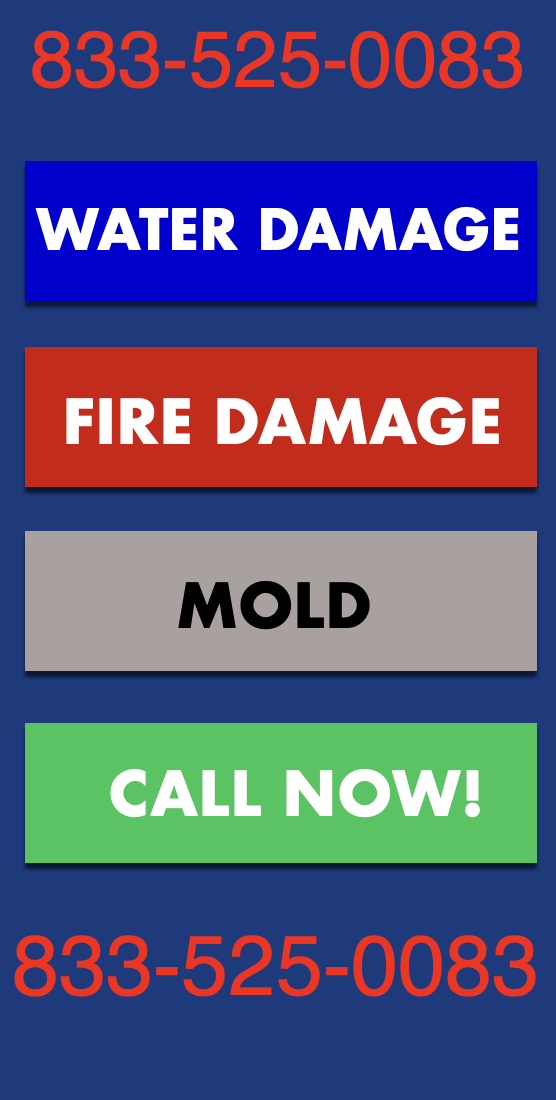Toilet Overflowing with Poop
When faced with a toilet overflowing with poop, quick and efficient action is crucial. Here’s a prioritized list of steps to take immediately:
- Stop the Flow of Water
- Close the toilet flapper inside the tank to stop water from entering the bowl.
- Turn off the water supply valve behind the toilet if the water continues.
- Plunge the Toilet
- Use a flanged plunger to try and dislodge the blockage. Ensure a tight seal and plunge with forceful, direct movements.
- Shut Off Electricity in the Affected Area (if necessary)
- If the water threatens to reach electrical outlets or appliances, immediately shut off Electricity to the area at the breaker box.
- Protect Yourself
- Wear gloves, good eye protection, and a mask to avoid direct contact with contaminated materials.
- Contain the Spill
- Use towels or rags to contain the water, starting at the perimeter and moving inward.
- Clean and Disinfect
- Once the overflow stops, clean up the mess with a mop or wet vacuum. Disinfect the area thoroughly with a bleach solution or an EPA-approved disinfectant.
- Ventilate the Area
- Open the windows or use fans to help dry the area quickly and reduce odors.
- Call for Professional Help if Needed
- If the blockage can’t be resolved or if there’s significant water damage, contact a professional plumber or water damage restoration service.
What to Know After a Toilet Overflow
After addressing the immediate crisis, it’s essential to understand the potential risks and steps for thorough recovery and prevention:
Health and Safety
- Pathogen Risk: Fecal matter increases the risk of exposure to harmful bacteria and viruses. Proper disinfection is crucial to eliminate health hazards.
- Mold and Mildew: Moist environments can lead to mold growth, posing health risks, especially to those with respiratory conditions. Monitor the area for signs of mold in the following weeks.
Structural Integrity
- Assess for Water Damage: Dirty water can seep into flooring and walls, which can cause structural damage over time. Inspect the area for any signs of deterioration and repair as necessary.
Prevention
- Regular Maintenance: Prevent future overflows by regularly cleaning your toilet and being mindful of what gets flushed. Only human waste and toilet paper should go down the drain.
- Plumbing Inspections: Inspect your plumbing system periodically to identify and fix any potential issues before they lead to another overflow.
Knowing When to Call Professionals
- Plumbing Issues: Persistent clogs or overflows may indicate deeper plumbing issues that require professional intervention.
- Water Damage Restoration: Significant overflows can cause extensive water damage, necessitating professional restoration services to prevent mold and ensure the area is properly dried and restored.
Recent Posts
- Toilet Overflowing with Poop
- Wet Carpet Smell Health Risks
- Water in crawl space after heavy rain normal
- How to make a successful water leak insurance claim
- Flood Insurance Idaho
- Water Damage Mitigation
- Smoke Damage Boise
- Attic Mold Removal
- Roof Storm Damage
- Sudden Loss of Water Pressure In Whole House
